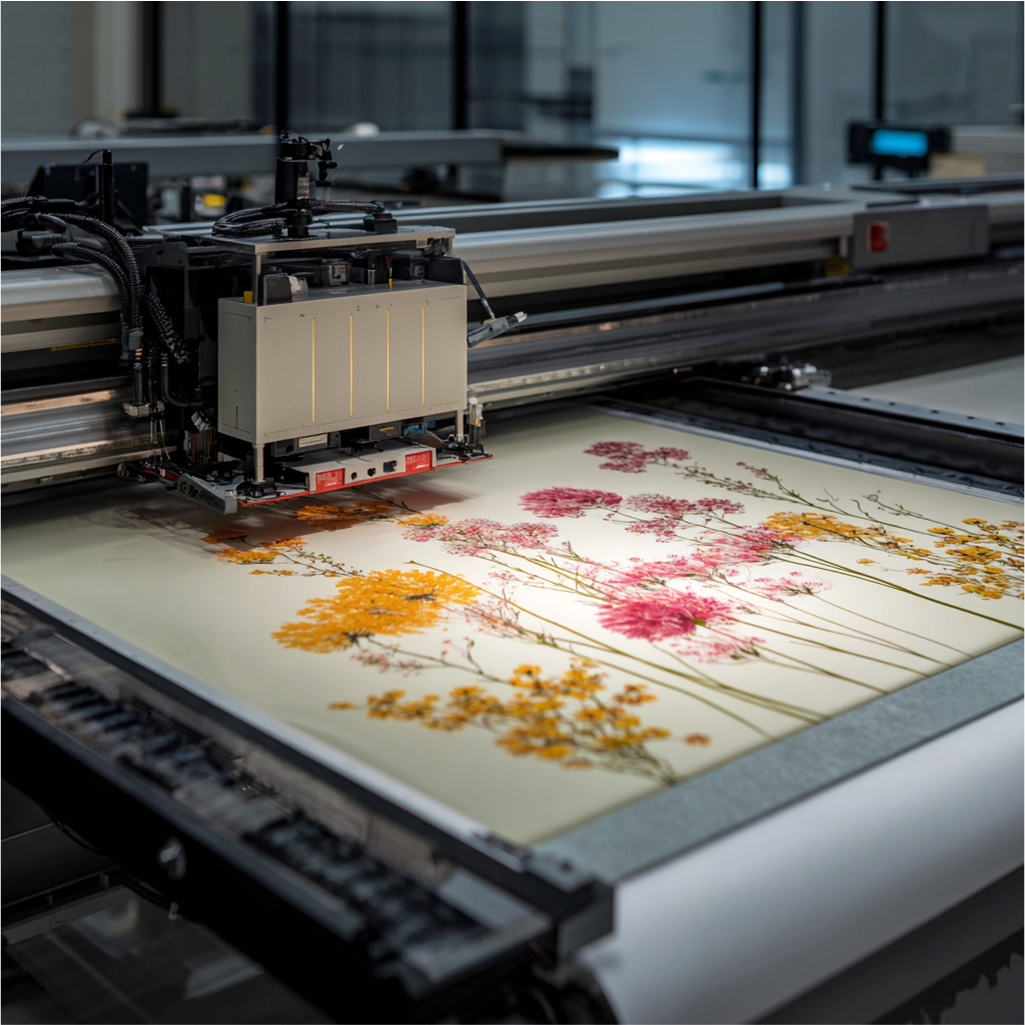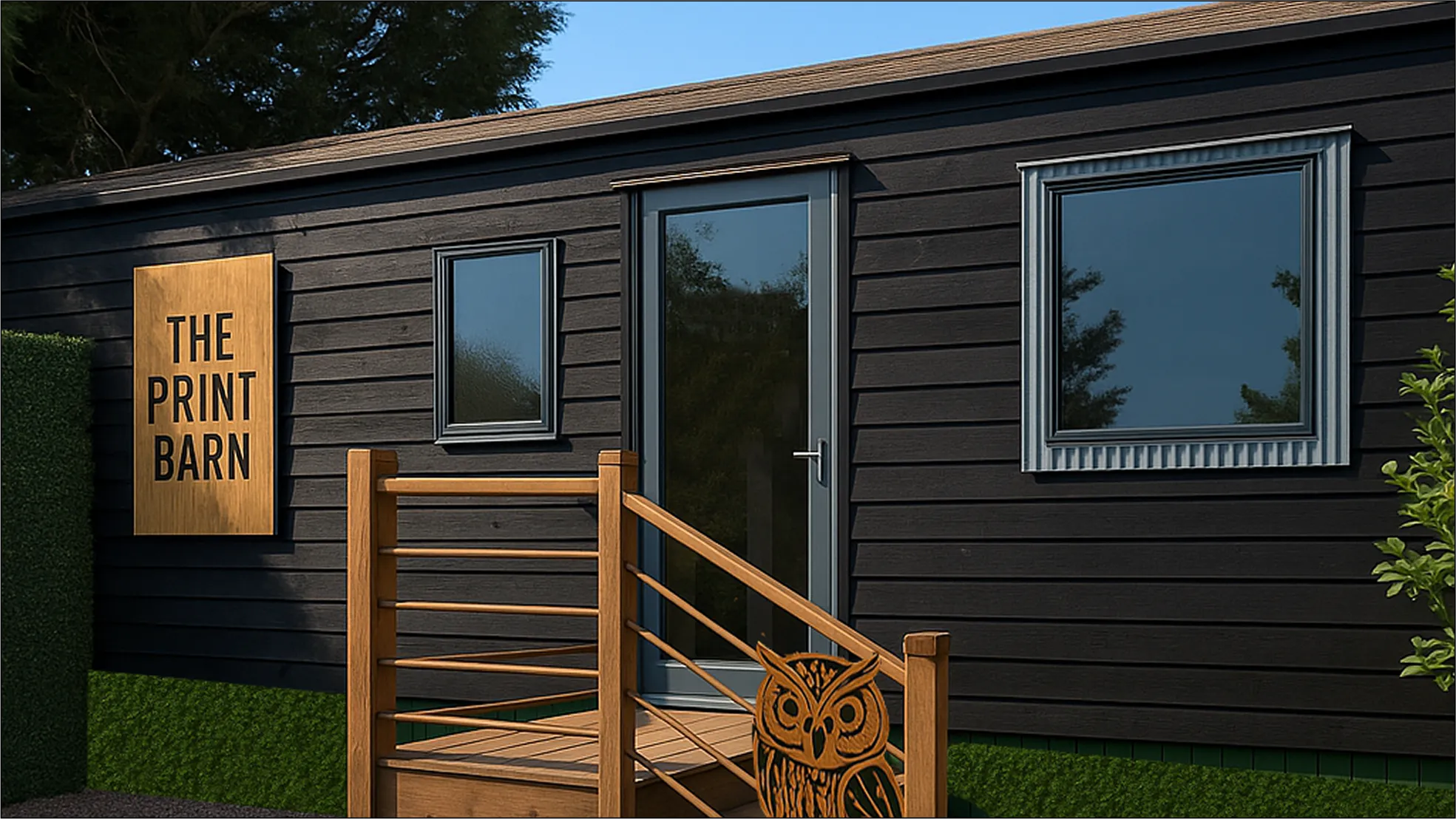
Sustainable printing isn't just an environmental consideration anymore—it's a business imperative. With 84% of UK consumers saying poor environmental practices will alienate them from a brand, and 55% willing to pay more for eco-friendly products, sustainable printing has become essential for business success.
The Business Case for Sustainable Printing
Environmental responsibility directly impacts your bottom line. Companies implementing sustainable printing practices typically see 20-30% reduction in printing costs through waste reduction and energy efficiency. Additionally, sustainable brands grow 2.7 times faster than their non-sustainable competitors, making eco-friendly printing a strategic advantage.
UK businesses are increasingly required to demonstrate environmental accountability. Government regulations are tightening, with new legislation targeting single-use items and promoting circular economy principles. Being proactive with sustainable printing positions your business ahead of regulatory requirements.
Understanding Eco-Friendly Materials
The foundation of sustainable printing lies in material selection. FSC-certified papers ensure responsible forest management, whilst recycled papers can save up to 17 trees per tonne. At The Print Barn, we've seen remarkable demand for these materials from businesses across the Isle of Sheppey.
Innovative materials are expanding options beyond traditional paper. Bamboo paper offers durability and sustainability, growing 35 times faster than trees. Hemp paper provides exceptional strength and longevity, perfect for documents requiring long-term storage. These alternatives often cost only 10-15% more than conventional papers whilst delivering superior environmental credentials.
Recycled content varies significantly. Post-consumer recycled content (PCR) uses paper that consumers have already used, offering maximum environmental benefit. Pre-consumer recycled content uses manufacturing waste, still beneficial but with less environmental impact. Understanding these distinctions helps you make informed choices that align with your sustainability goals.
Sustainable Ink Technologies
Traditional petroleum-based inks contain volatile organic compounds (VOCs) harmful to both environment and health. Sustainable alternatives are revolutionising the industry with impressive results.
Soy-based inks derive from renewable soybeans, producing brighter colours whilst reducing VOC emissions by up to 80%. These inks also facilitate easier paper recycling, as they're simpler to remove during the de-inking process. Vegetable-based inks offer similar benefits with even broader colour gamuts.
Water-based inks eliminate petroleum entirely, using water as the primary solvent. Whilst requiring different handling techniques, they offer the cleanest environmental profile available. UV-curable inks provide instant drying without heat, reducing energy consumption by up to 75% compared to traditional methods.
Energy-Efficient Printing Processes
Modern printing equipment offers significant energy savings. ENERGY STAR certified devices can reduce electricity consumption by 30% or more. Digital printing eliminates setup waste associated with traditional offset printing, making it ideal for smaller runs whilst reducing both material waste and energy usage.
At The Print Barn, we've invested in the latest energy-efficient equipment, passing those savings on to our clients whilst reducing our environmental footprint. This technology enables precise colour matching with minimal waste, ensuring your materials look perfect whilst minimising environmental impact.
Heat-free printing technologies are emerging as game-changers. These systems eliminate the need for heated rollers, reducing energy consumption by up to 85%. Whilst currently limited to specific applications, these technologies represent the future of sustainable printing.
Waste Reduction Strategies
Effective waste management starts with intelligent planning. Digital proofing eliminates multiple physical proof rounds, saving paper and reducing turnaround times. Variable data printing allows personalisation without overproduction, ensuring every piece serves a purpose.
On-demand printing revolutionises inventory management. Rather than storing massive quantities that may become outdated, businesses can print exactly what they need when they need it. This approach reduces storage costs, eliminates obsolete inventory, and ensures materials remain current and relevant.
Optimised imposition maximises paper usage efficiency. Professional printing services can arrange multiple pieces on single sheets, reducing waste by up to 40%. This technique particularly benefits businesses ordering various materials simultaneously.
Lifecycle Thinking
Sustainable printing extends beyond production to encompass entire product lifecycles. Designing for longevity reduces replacement frequency. High-quality materials and construction techniques ensure business cards, brochures, and signage maintain their appearance longer, reducing total environmental impact.
Consider end-of-life disposal during design phases. Materials that can be easily recycled or composted reduce landfill burden. Avoiding mixed materials or difficult-to-separate components simplifies recycling processes.
Digital integration extends material lifecycles. QR codes on printed materials can link to updated digital content, extending relevance without reprinting. This hybrid approach combines print's tangible impact with digital flexibility.
Measuring Environmental Impact
Carbon footprint calculation software helps businesses understand their printing impact. These tools analyse material choices, production methods, and transportation to provide comprehensive environmental assessments. Many UK businesses are finding that sustainable printing significantly reduces their overall carbon footprint.
Transparency builds trust with environmentally conscious consumers. Sharing your environmental metrics and sustainability commitments demonstrates genuine commitment beyond marketing rhetoric. This transparency often translates to increased customer loyalty and business growth.
Cost-Benefit Analysis
Sustainable printing often delivers immediate cost savings. Reduced waste, energy efficiency, and optimised processes typically offset any premium material costs. Long-term benefits include reduced regulatory compliance costs, improved brand reputation, and access to environmentally conscious customer segments.
Government incentives and grants are increasingly available for businesses implementing sustainable practices. These programmes can significantly offset initial investments whilst positioning your business as an environmental leader.
Implementation Strategies
Start with assessment of current printing practices. Identify areas with greatest environmental impact and cost implications. Prioritise changes that deliver both environmental and financial benefits.
Partner with printing providers who share your sustainability commitments. At The Print Barn, we're committed to helping Isle of Sheppey businesses achieve their environmental goals whilst maintaining exceptional quality and service.
Sustainable printing represents the future of the industry. By embracing these practices now, your business gains competitive advantage whilst contributing to environmental protection. The question isn't whether to adopt sustainable printing, but how quickly you can implement these beneficial changes.
What our lovely customers say...
We add that personal touch to each and every order
Why Choose The Print Barn for Your Needs
At The Print Barn, we pride ourselves on our fast turnaround times, ensuring you receive your custom garments when you need them. With no minimum order requirements, we cater to both small and large requests, making it easy for everyone to access high-quality printed and embroidered items. As a UK-based company, we offer friendly support and a personal touch to every order.



